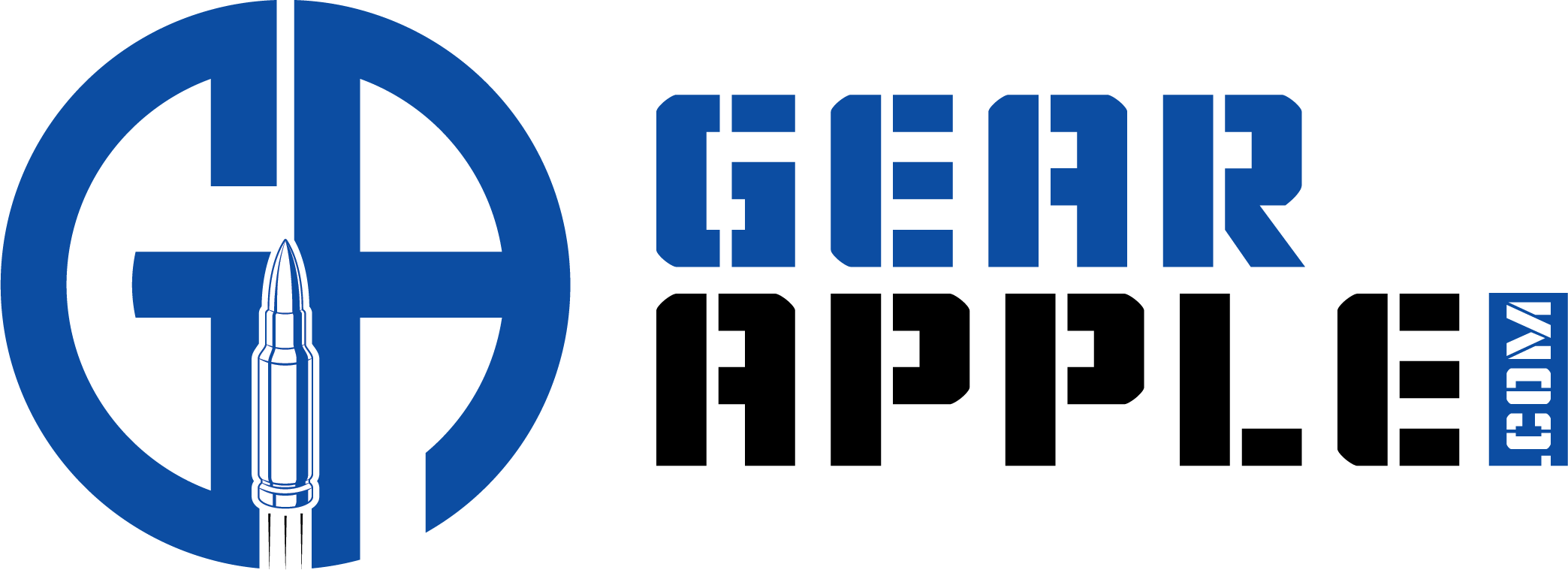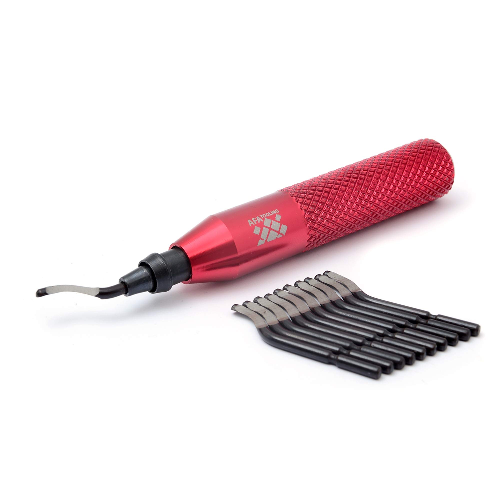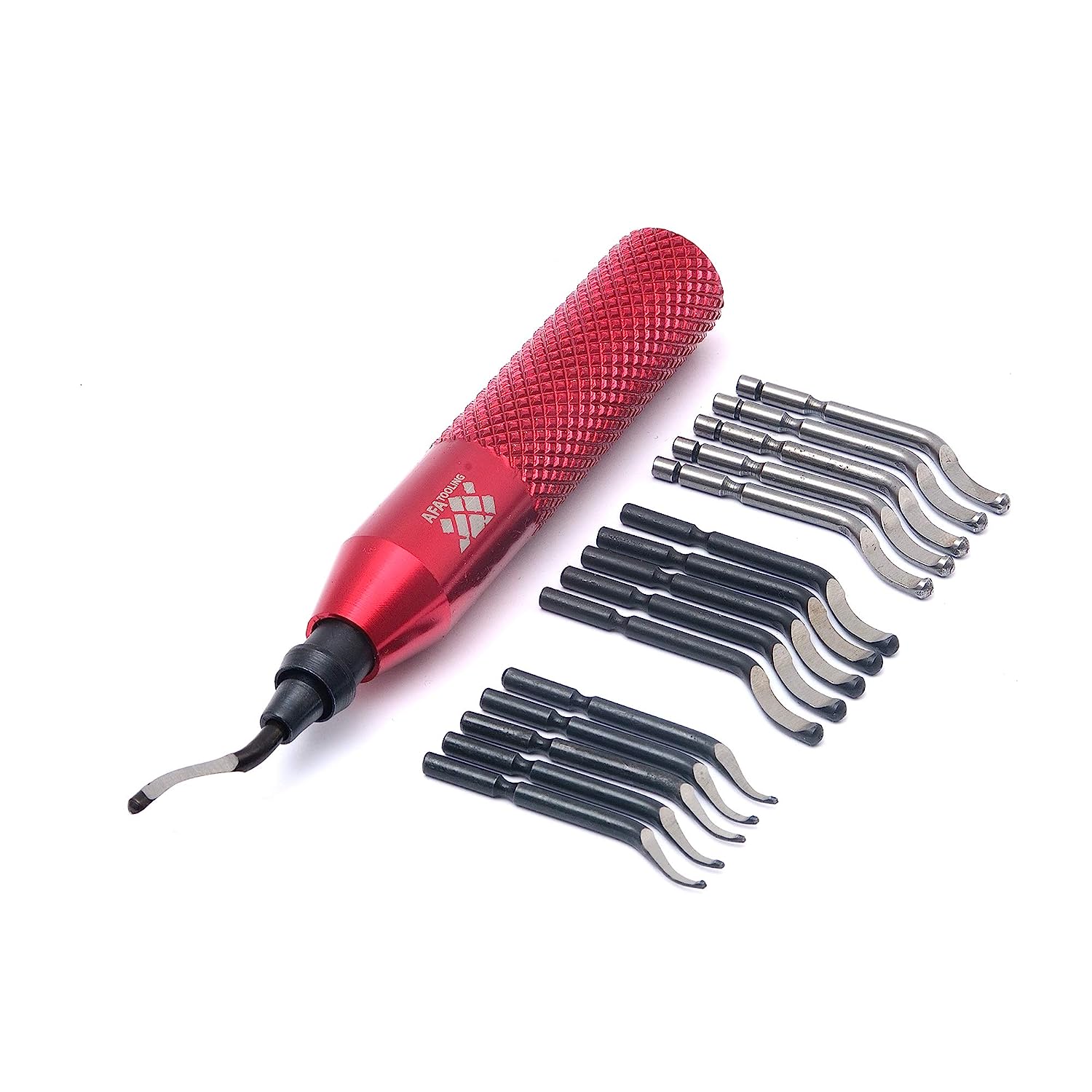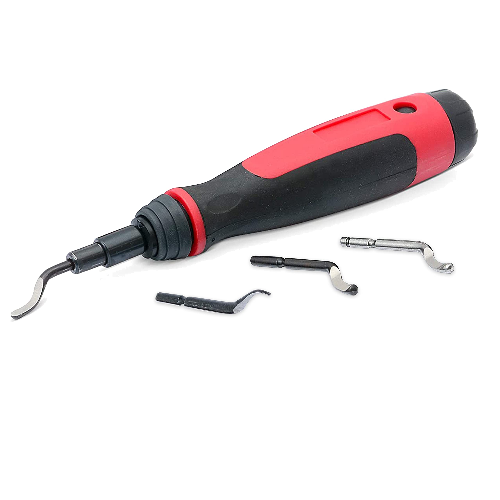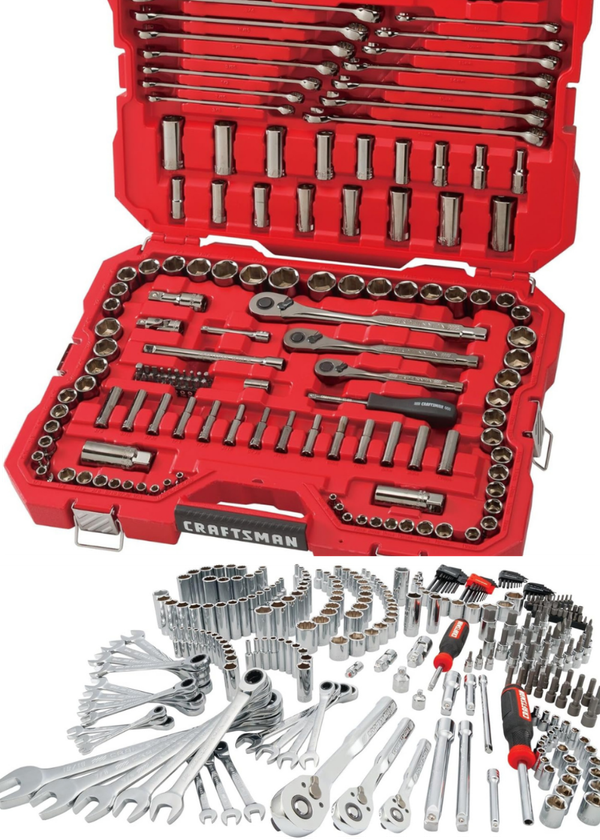Deburring is an essential process in metalworking that aims to remove the rough edges, burrs, and inconsistencies formed during machining processes. These defects can affect the integrity of a metal workpiece and also lead to operational challenges such as jamming, resistance, noise, and reduced lifespan of tools. To address these issues and improve the quality of workpieces, deburring tools have been developed.
A deburring tool is a specialized cutting tool that can remove burrs and sharp edges from metal workpieces. It may come in different forms, including handheld deburring blades, rotary burrs, and fixed deburring tools. The choice of deburring tool often depends on the type of material, the shape, the size of the burr, and the expected finish of the workpiece. With the increasing demand for high-quality and precision machined parts, deburring tools have become an indispensable tool in manufacturing and engineering processes. The effectiveness in removing burrs and improving the surface quality of metal parts make them an essential part of metalworking processes. In this article, we shall delve deeper and provide comprehensive insights into various types of deburring tools, how they work, and their applications.
How We Choose
Buying a deburring tool is a great investment for you to use during a repair or just to clean up some drilled holes. We looked at the type of burs the tool is going to be used on, steel, plastic, wood, etc. We also took into account the cost of replacement items and how hard they are to change. With this information, we also looked at the items used in commercial machine shops for how they performed, inventory, availability, and promotions. Our list includes tools to perform a variety of services and we are sure you will find your next great tool!
AFA Tooling - Deburring Tool with 10 Extra High-Speed Steel Blades
The AFA Tooling Deburring Tool is a great tool for any kind of metalwork, whether you're working on copper pipes or 3D-printed plastic parts. It works well with both brass and steel, and the HSS steel blades are 80% longer lasting than regular steel.
The handle is ergonomic aluminum, and it comes with an extra 10 replacement blades that are BS1010 high-speed steel. This means they're super sharp and strong, but also resistant to wear so your blade lasts longer. The tool itself has 11 heavy-duty S-blades for plenty of power when deburring metal edges.
It's not just for plumbing though - this versatile tool can be used in a variety of different ways from cleanup on brass or copper pipe to trimming the edges of 3D-printed plastic objects or parts.
AFA Tooling - Deburring Tool with 10 Extra High-Speed Steel Blades
The AFA Tooling Deburring Tool is a simple and effective tool that works well on most metals, plastics, and 3D-printed objects. The blade set is made of tempered high-speed steel, which means it's stronger than regular steel. This makes the tool last longer while still being able to cut through materials with ease.
The handle has an ergonomic aluminum construction for a secure grip and the case has multiple compartments to keep all of your blades organized and easy to access when you need them. The product also comes with an additional 10 extra high-speed steel BS1010 HRC64 replacement blades, so if you ever do need more above your initial 11 they're easy to grab without having to dig through the box.
Overall this deburring tool from AFA Tooling is a great choice for anyone looking to remove burrs from pipes or other metal objects. It's built to last while providing superior performance so you know your getting a quality tool when you buy one of these!
AFA Tooling - Extendable Neck Deburring Tool with 3 Extra Blades - Works on Metal, Resin, PVC Pipes, Copper, Plastic, and 3D Printed Edges
The AFA Tooling Extendable Deburring Tool is one of the best tools for removing burrs from metal, plastic, and 3D-printed parts. It features high-speed steel blades that are 80% longer lasting than regular steel, making this a durable tool that will last you a long time.
The HSS steel used in the blades is resistant to wear and makes this an excellent choice for removing burrs from plumbing pipes or auto parts. The aluminum handle on this tool provides a comfortable grip while also being lightweight enough for extended use without fatigue.
One drawback of this tool is that it can be difficult to clean if it gets clogged with debris or gunk, but we recommend using some sort of cleaning product like WD40 to get rid of any stuck-on gunk before attempting to clean the blade yourself.
Deburring Tool FAQs
What is a deburring tool?
A deburring tool is a type of handheld or stationary finishing device designed to remove sharp edges, excess material, and burrs from metal parts. It is an essential tool in many manufacturing plants and automotive workshops that requires precision work. Deburring tools come in a variety of shapes and sizes depending on the job they need to do. Basic designs involve simple rasps with interchangeable blades for different surface types, such as wood, plastics, or metals. Other common designs include abrasive wheels with various grits for rougher tasks or even cone-shaped polishers for delicate finishes. The most advanced deburring tools feature rotating heads that move along the part's surface while emitting various amounts of pressure to remove any imperfections on all surfaces at once. These specialized devices are used to obtain smooth uniform surfaces and shape intricate details like slots, threads, channels, etc., without producing too much heat which could damage the material being worked on. By using deburring tools you can also reduce labor costs associated with manual filing or sanding down parts by an incredibly large amount compared to other methods since it can be done quickly and easily with little effort expended per item produced. Deburring tools have become increasingly popular in recent years due to their versatility when working on both small-scale projects like jewelry making to large-scale industrial applications where speed and accuracy are key factors in production timescales; this makes them invaluable assets when creating high-quality finished products efficiently without compromising on the detail level of control required by certain industries such as aerospace engineering where component size deviations can mean life-or-death scenarios for those who use them!
Do I Need A Deburring Tool?
The answer to whether or not you need a deburring tool depends on the type of project you are doing and the extent of surface finishing required. A deburring tool, as its name implies, is designed to remove burrs from metal surfaces. It can be used for anything from cleaning up sharp edges on woodworking projects to polishing hard metals such as stainless steel. On simpler projects, a file may suffice and provide a satisfactory result—though it may take longer and require more effort than using an actual machine-grade deburring tool. However, if your project involves high levels of precision work that requires precise cutting and finishing operations (for example aerospace components), then having access to the right equipment is essential; using manual tools will simply not do in these cases. When deciding between different types of deburring tools, keep in mind their specific capabilities: conventional drum-style rotary milling machines can be used for precision grinding operations while tumbling barrels offer economical automated solutions for applications with less stringent requirements. Ultrasonic vibratory finishers produce even better results but come at higher costs; they are typically found in large production plants where they excel due to their speed and durability over time compared with other methods. Lastly, automatic CNC machines can operate semi-automatically or fully automatically depending on their level of automation—these are usually employed when parts must meet extremely tight tolerances with minimal manual input possible. While not all projects will require the use of a dedicated deburring tool (and sometimes simple files will do just fine), any complex task involving high levels of accuracy will greatly benefit from utilizing the right machinery/tooling specifically designed for this purpose as it’ll save time and money while producing better end results!
Conclusion
In conclusion, if you're finding yourself frequently frustrated with burrs, sharp edges, or rough surfaces on your product, it may be time to invest in a dedicated deburring tool. These tools are designed to help you efficiently and effectively clean up these imperfections, making your work safer and more professional-looking. With the presence of online retailers, you can easily browse through an extensive range of deburring tools to find one that fits your needs and budget. Once you have made your decision, the purchase is straightforward and convenient, with the tool delivered directly to your mailbox. Remember, the key to a great finish is in the details, and a deburring tool is a worthy purchase to achieve this.
